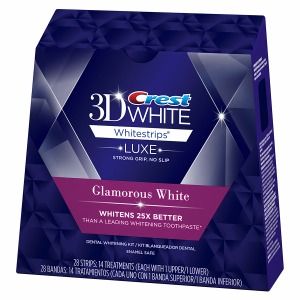It's the Corporations Man
Having read the consumer research study on Burning Man one point that really stuck out to me was the anti-corporate culture rampant in the Burner community. This hatred of corporations was so powerful that the display of logos or brand names was even outlawed while at the Burning Man event. This hatred of corporations and so-called "corporate greed" has spread widely in modern American culture and was one of the driving forces behind the Occupy Wallstreet movement as well as films such as Food Inc.
Even The Paradox of Choice seems to have an anti-corporate message as it discusses the negatives of living in a culture with such a large variety of choices in products and services. As a supporter of free market capitalism, this hatred is something I just don't agree with. I see corporations as vehicles through which we can advance the human race in ways that may not be possible without the existence of large companies who are able to use their vast resources to create goods and services.
Now I'm not saying all corporations are good because they certainly are not. Monopolies, employee abuse, and a biased legal system are all things that I am strongly against. As Americans, I don't think that because we see some corporations do terrible things we should generalize all corporations as terrible, evil entities of greed. Many corporations add value to their communities and to their workers lives through benefits programs, charity work, and the money they bring to the local and national economies.
For another interesting perspective on the public hatred of corporations in America check out this link.







